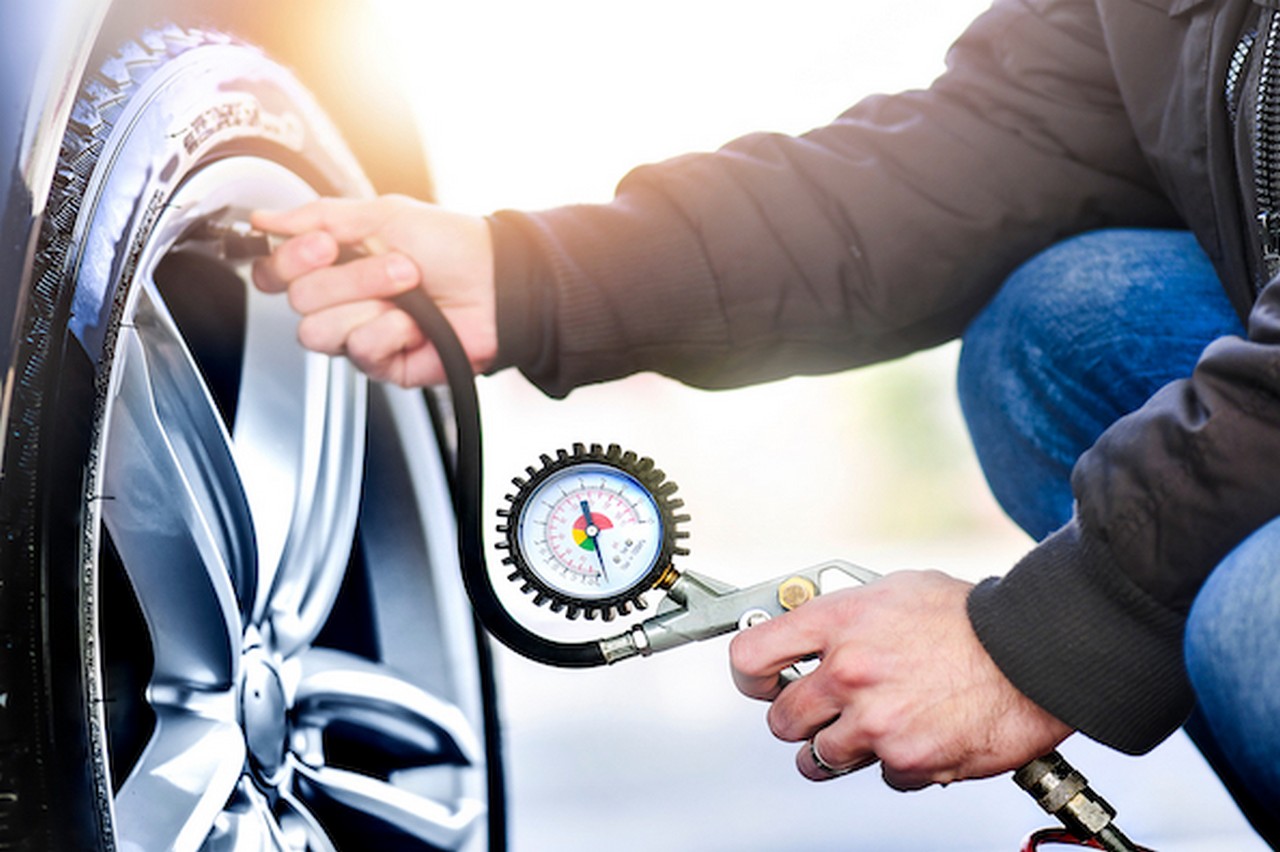All drivers ought to understand how vital it’s to maintain tyres in good working order. You must all the time be looking out for indicators of wear and tear and tear. But it’s simply as vital to make sure you’re driving with the proper tyre strain in your car.
So this publish is an important introduction to tyre strain – what it’s, why it’s vital, and when and the way you must improve it or lower it.
What’s Tyre Stress?
Tyre strain is a measure of the quantity of air pumped into your tyre. This is likely to be measured in kilos per sq. inch (PSI) or BAR. BAR is a metric unit of atmospheric strain that’s equal to 14.5 kilos per sq. inch.
Why is Tyre Stress Necessary?
Tyre strain impacts the efficiency, gas economic system, and security of your car. In case your tyres are underinflated, they unfold out extra so extra tyre touches the bottom, this will result in tyres getting hotter faster, which might make blowouts extra possible. Your stopping distance can even be elevated and make dealing with much less dependable.
If in case you have overinflated tyres this will result in tyres carrying out quicker. And since overinflated tyres may have a diminished contact space with the highway, you’ll have much less traction which additionally results in longer stopping distances.
This is the reason it’s vital to set the correct tyre strain in your automobile – neither under- or overinflated. Excellent.
What’s The Proper Tyre Stress For My Automotive?
There are three fast methods to seek out the proper tyre strain in your car:
- Examine your car handbook.
- Search for a small sticker over on the motive force’s door edge or contained in the gas filler cap.
- Contact the producer. If you happen to inform them your car registration quantity, it’s make and mannequin, and the dimensions of your fitted tyres, then they need to be capable of advise you on the correct tyre strain in your car.
Please notice that the pressures laid out in your handbook or on the knowledge sticker might be for chilly tyres – that’s, tyres that haven’t been pushed on for at the very least two hours.
When Ought to Tyre Stress Be Checked?
You must goal to verify your tyre pressures at the very least as soon as each couple of weeks. However there are a couple of events when a tyre strain verify might make an enormous distinction to your highway security:
- Earlier than you set out on a protracted journey.
- If you’re making ready to move a very heavy load.
- All through the winter months, as chilly climate may cause your tyre strain to drop.
You must solely ever verify the strain of chilly tyres. So all the time verify your tyre pressures in the beginning of your journeys. And if you want to drive to a storage to verify or change your tyre pressures, be sure that the storage is as shut as doable, to stop your tyres from heating up an excessive amount of.
When Would You Improve Tyre Stress?
If you happen to lookup the proper tyre pressures in your car handbook, or on the small info sticker on the motive force’s door edge or contained in the filler cap, you may discover that they really listing two figures for the proper tyre strain.
One determine would be the “regular” determine, which is the tyre strain you must use for almost all of your driving.
However you might also see a better determine, for full masses.
So for those who’ll be driving with a full boot, then you must alter your tyre strain accordingly. A boot stuffed with buying shouldn’t make any distinction. However for those who’re transferring home, happening vacation, or transporting a very heavy merchandise from one place to a different, then you could have to extend your tyre strain to account for the elevated load.
Do I Must Improve My Tyre Stress within the Winter?
Chilly climate could make your tyre pressures drop barely however there’s no have to overinflate your tyre within the winter months. You might have to verify your tyres and alter the strain to the usual setting, as this can compensate for the diminished strain led to by the low temperatures however you must nonetheless solely inflate your tyre to the suggested degree.
Some producers might advise a distinct strain for winter tyres (which can be listed as M+S, which means mud and snow). However even then, the elevated strain won’t be an excessive amount of greater than the “regular” strain for traditional tyres. You may learn our full information to winter tyres right here.
When To Change a Tyre
Completely different tyres have totally different lifespans, and the lifespan will range relying on how typically you drive, and on the type of highway surfaces you’ve pushed on. Sustaining the proper tyre strain can even extend the lifetime of your tyres.
However as a basic rule of thumb, you must think about every particular person tyre to have a lifespan of round 5 years. So after 5 years of use, be sure that a skilled skilled checks your tyres at the very least every year. They’ll be capable of advise you on when it’s time for a change.
However you must also be looking out for indicators of untimely put on and tear, together with punctures, cuts, bulges, or worn treads. Learn our full information to tyre security checks.





